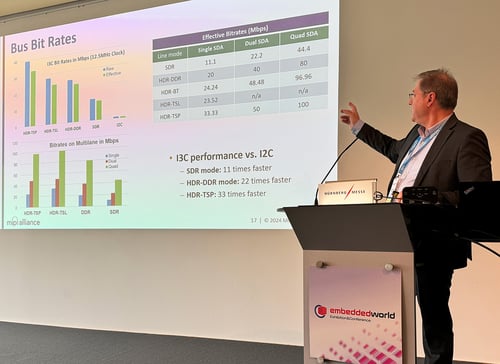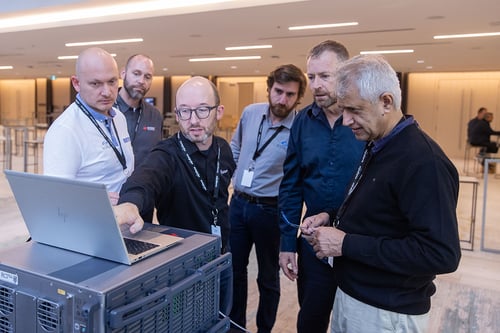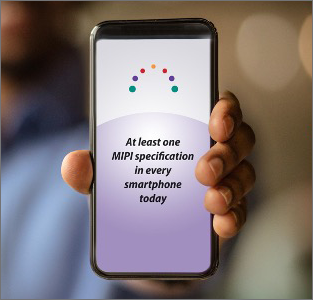MIPI DisCo™
MIPI Discovery and Configuration Specification

Developed by: Software Working Group
An ACPI-based software architecture for discovering and enumerating devices that support MIPI Alliance protocol specifications on a system
Quick Facts
Fundamental Features
- Available to nonmembers of MIPI Alliance and the open-source community
- Based on Advanced Configuration and Power Interface Specification (ACPI)
Industries
Get the Specification
-
Current Version
MIPI DisCo℠ v1.1 (November 2024)
Member version | Public version
| Public version 
-
Previous Versions
MIPI DisCo℠ v1.0 (December 2016)
Member version | Request public version -
Related Specifications
Overview
General Info
The MIPI Discovery and Configuration (MIPI DisCo℠) specification simplifies component design and integration by defining a uniform software architecture that can be used with a device’s host operating system to enumerate controllers, busses and components that support MIPI Alliance protocols.
MIPI DisCo is based on the Advanced Configuration and Power Interface (ACPI), which is widely used in the PC industry to enumerate devices and functions, describe their capabilities, and manage their power states. It is supported by prominent operating systems, including Linux, Microsoft’s Windows, Apple operating systems and others.
MIPI Alliance also welcomes contributions to the specification. If you would like to contribute, please contact us at software@mipi.org for more information.
Version Updates
Version 1.1 updates the DisCo base specification to describe new data types needed by independent specifications, and permits storage mechanisms other than ACPI DSD.
MIPI DisCo Class Specifications
The base specification is used in conjunction with MIPI DisCo Class Specifications (or profiles), which define the capabilities of specific devices. Current class specifications are:
MIPI DisCo Specification for I3C
With MIPI DisCo℠ Specification for I3C®, makers of I3C-conformant sensors can convey the properties of their devices in a common form that will be recognized by most major operating systems, including Android, Mac OS X, Microsoft Windows and Linux. When these vendors have included the DisCo for I3C collateral, system integrators can integrate sensor devices with little or no additional driver development.
MIPI DisCo Specification for Imaging
MIPI DisCo℠ Specification for Imaging enables system developers to easily discover and use cameras and other devices that are connected via MIPI Camera Serial Interface 2 (CSI-2®), the high-speed protocol for transmission of still and video images from image sensors to application processors. MIPI DisCo Specification for Imaging is both vendor- and hardware-independent, eliminating the need to develop and implement drivers for these external devices, and conveying potentially dramatic reductions in both time to market and development cost for system vendors.
MIPI DisCo Specification for NIDnT
MIPI DisCo℠ Specification for NIDnT℠ allows any implementation of MIPI NIDnT in a system to be exposed via the MIPI Alliance DisCo architecture. The debug software running on a target system (TS) will utilize the MIPI DisCo architecture and uses the ACPI structures to discover and configure the implemented MIPI NIDnT technology on the TS.
MIPI DisCo Specification for SoundWire
MIPI DisCo℠ Specification for SoundWire® is the first class specification that streamlines software integration of amplifiers, microphones, and audio codecs that are built into smartphones, tablets, PCs, automobiles and other IoT devices that use the MIPI SoundWire interface. MIPI DisCo for SoundWire enables hardware vendors to describe their devices’ capabilities which can be easily discovered and configured by SoundWire drivers developers.






